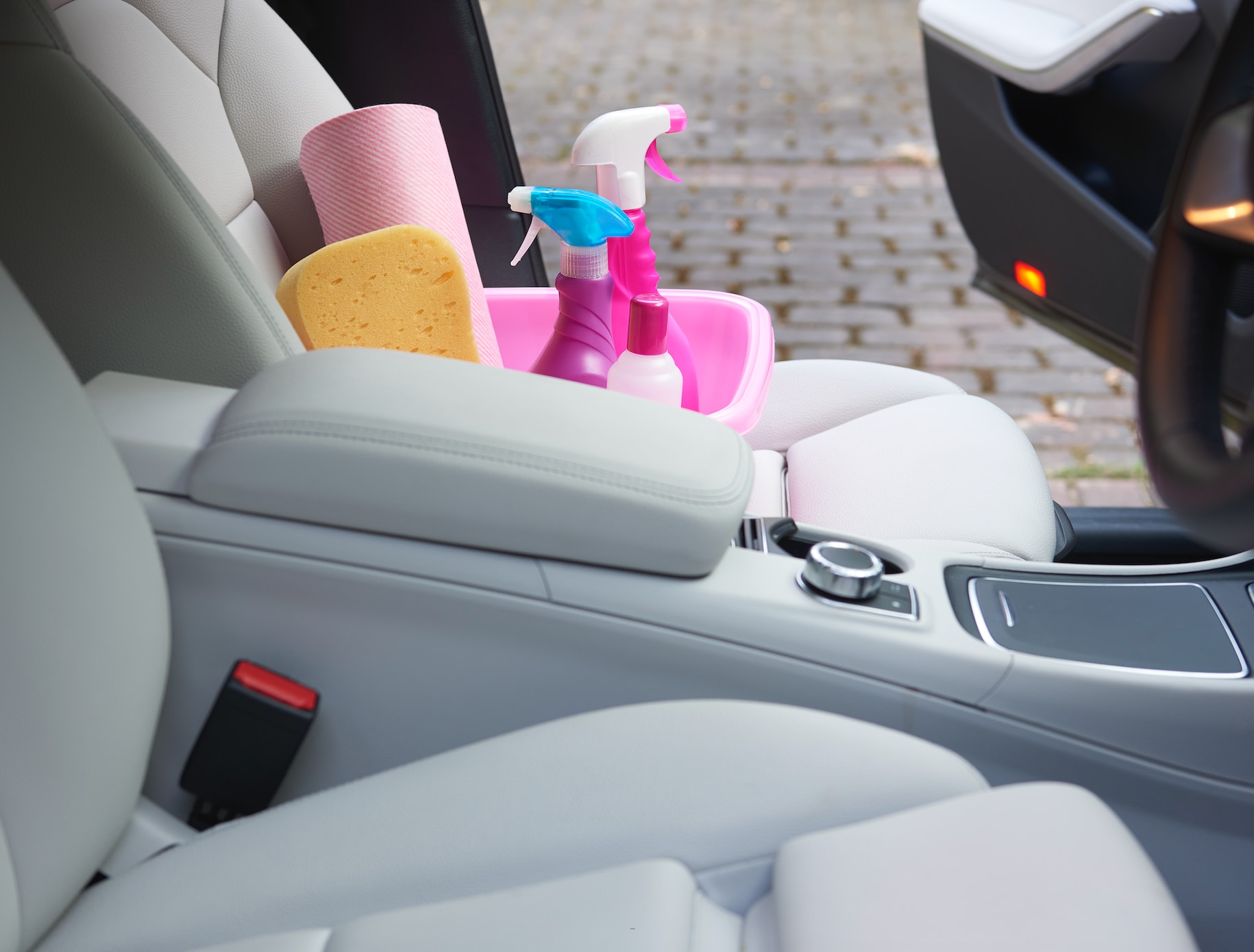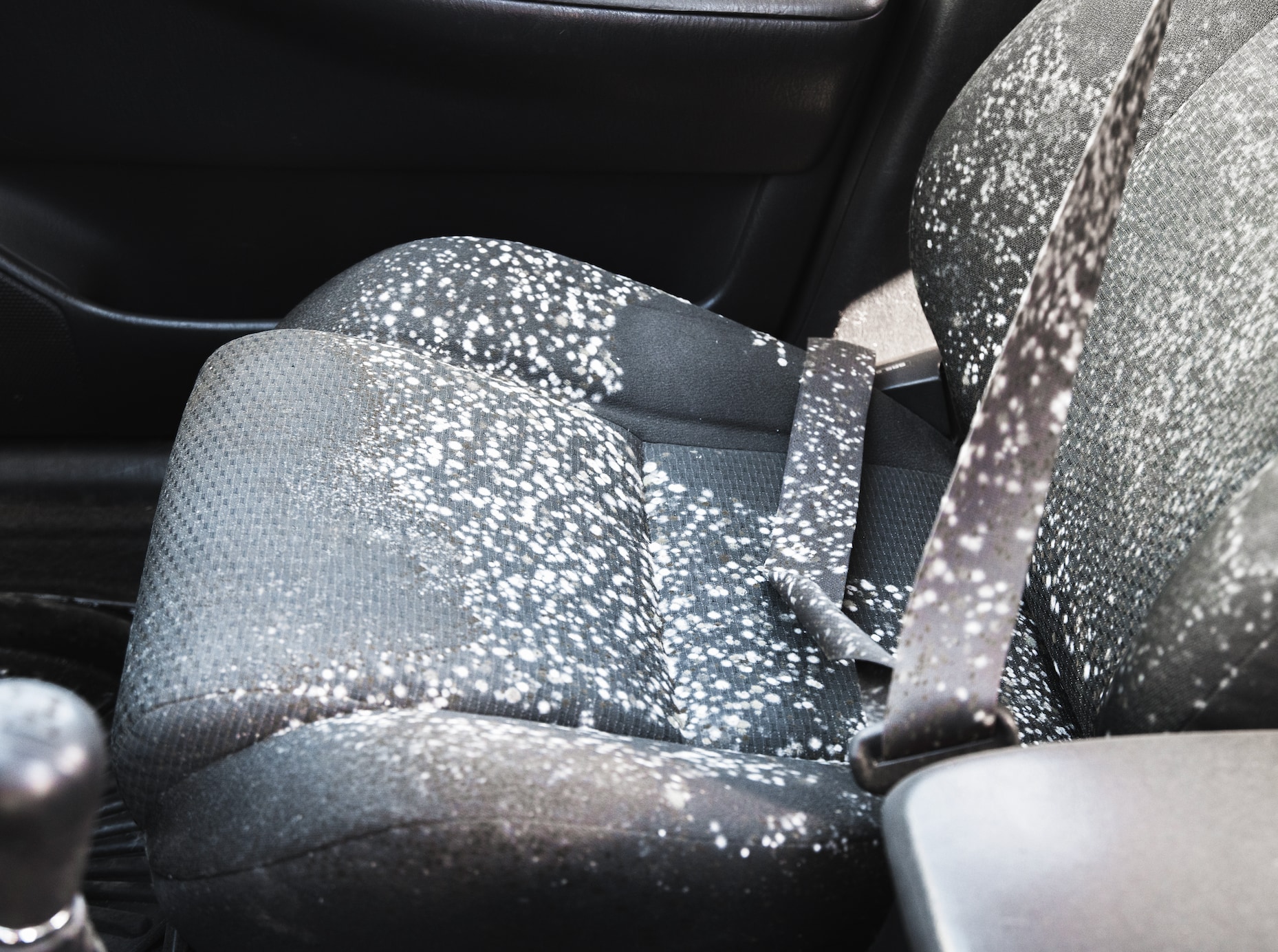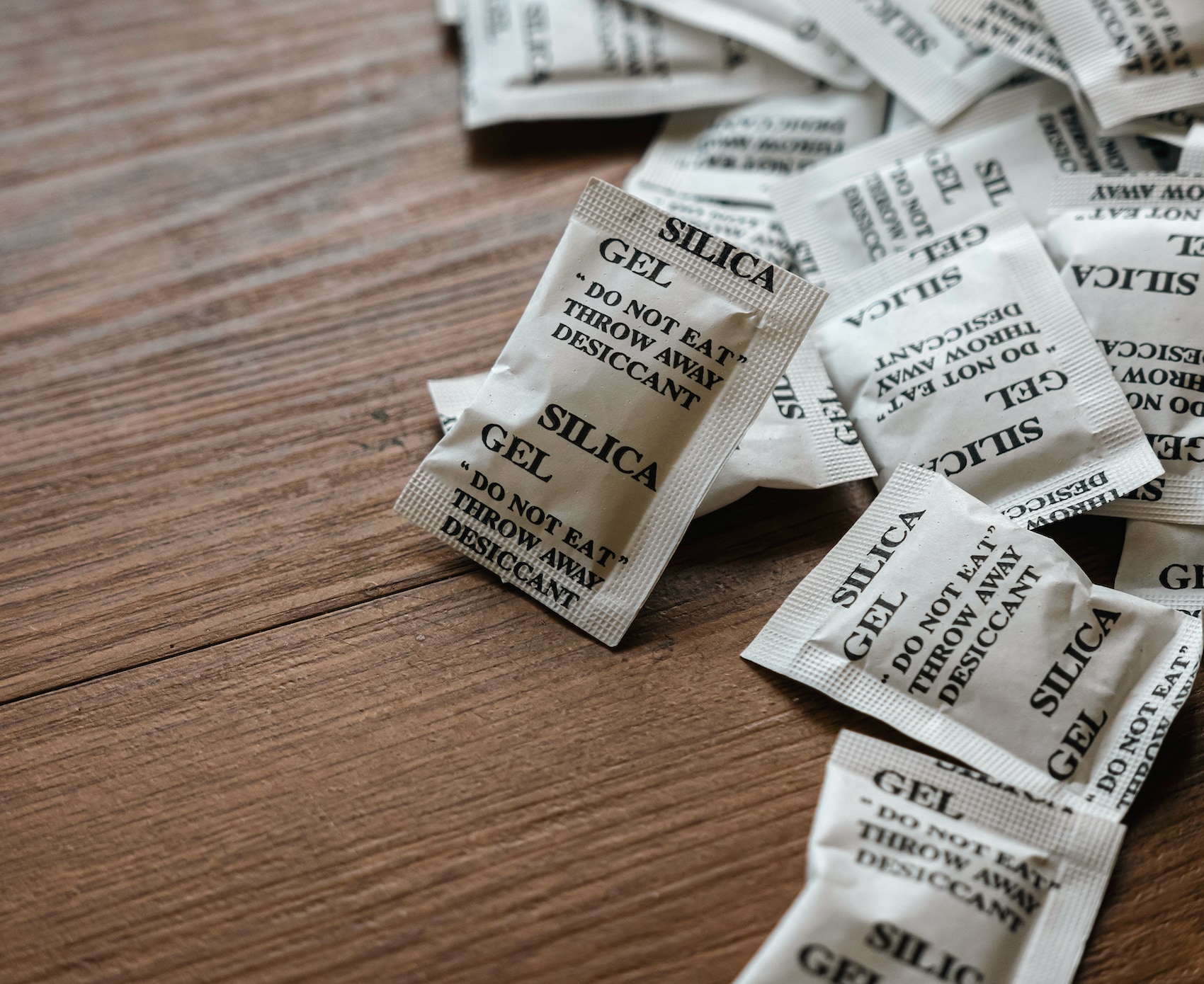Cars can collect moisture inside the cabin or trunk in any number of ways. Perhaps you left a window cracked during a rainstorm or have an older vehicle that doesn't seal as well as today's cars. Maybe you left wet camping gear in your SUV or a damp bathing suit and towels in your trunk. You definitely want to keep your vehicle dry on the inside to avoid trouble down the road. A wet or humid car can lead to mold or mildew forming and make the cabin smell awful! Plus, a car that stays wet inside can cause electronics to corrode and short out. You don't want that!
Maybe you just live in a part of the country where wetness is an ongoing problem. I lived in Seattle for a number of years, where wet carpet can lead to real problems. No matter how your car got moisture inside it, we're going to show you how to dry it out and keep it that way.






